
Lot 60
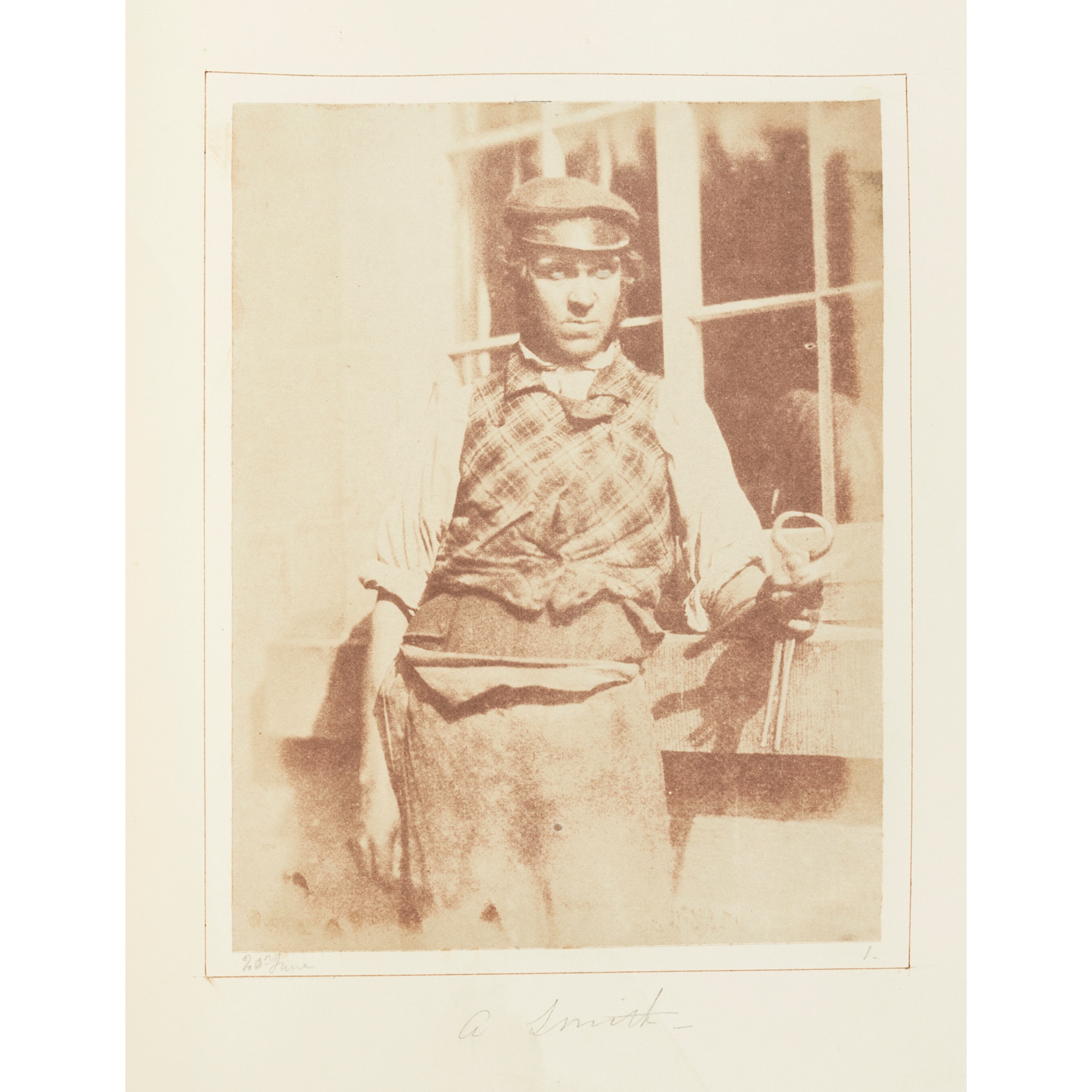
Attributed to Charles George Hood Kinnear (1830-1894)
Album of salt prints from calotype negatives, c.1846-8
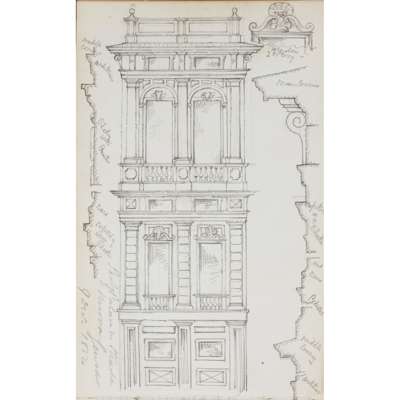
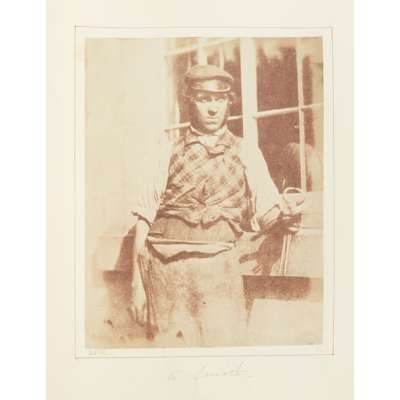
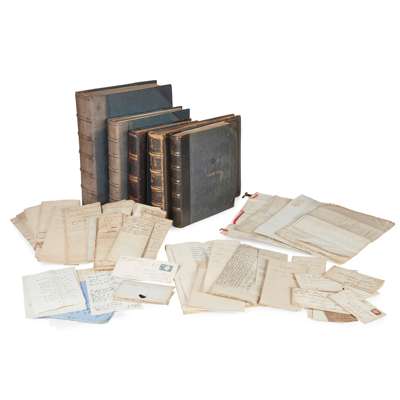
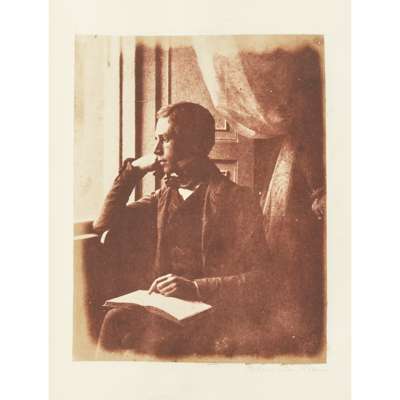
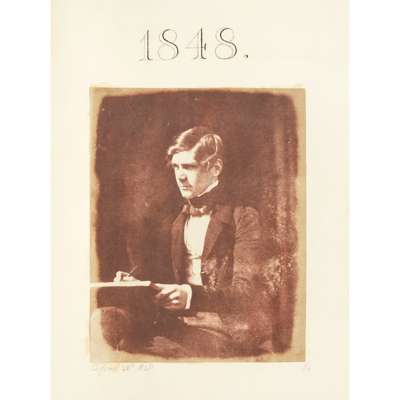
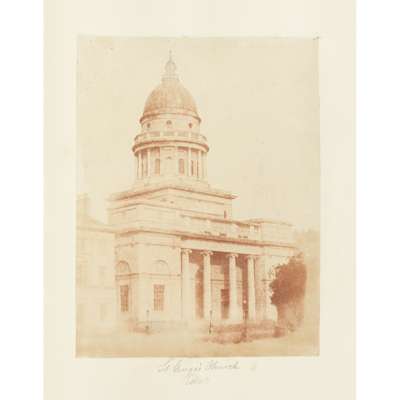
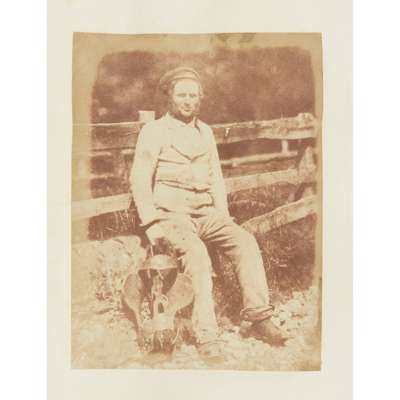
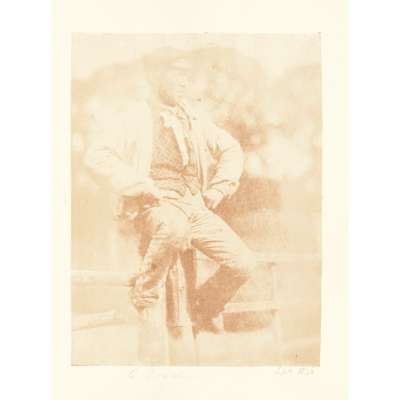
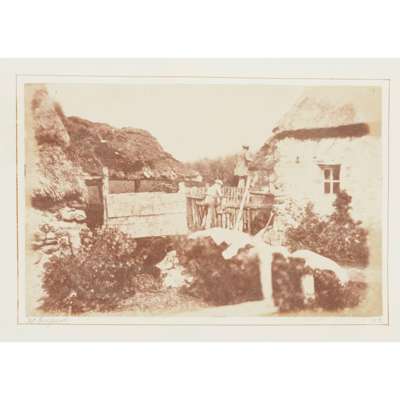
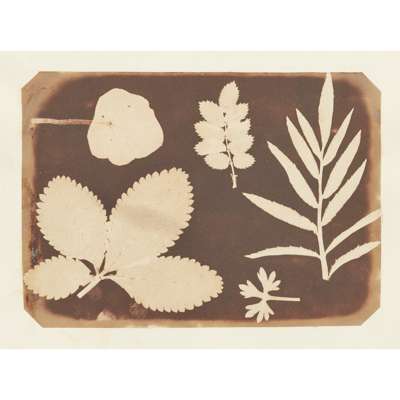
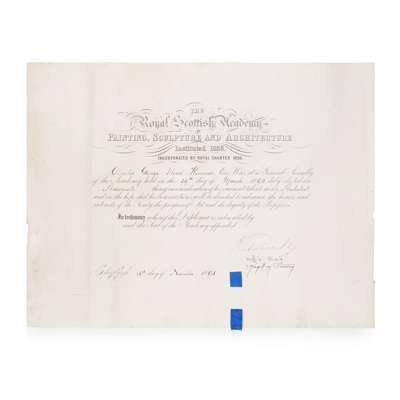
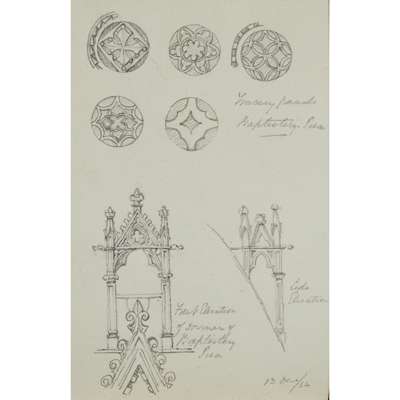
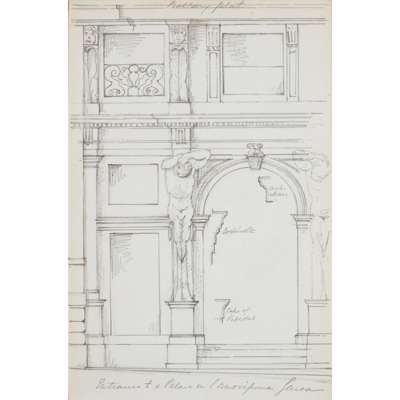
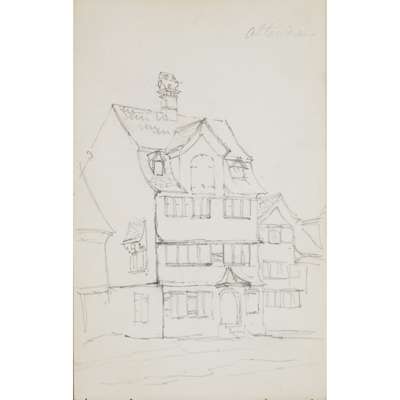


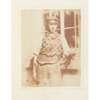
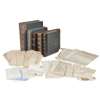
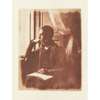
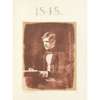
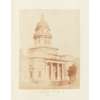
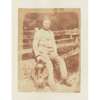
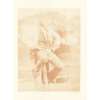
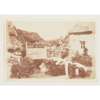
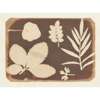
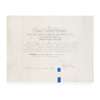
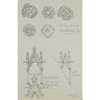
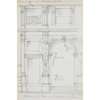
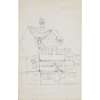
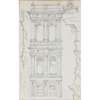
Rare Books, Manuscripts, Maps & Photographs
Auction: 28 September 2022 from 10:00 BST
Description
containing 120 photographic salt prints from calotype negatives, pasted onto rectos only of thick paper leaves, photograph dimensions mainly approx. 15.5 x 11.5cm or similar (leaf dimensions 27 x 22cm), many with bevelled corners, a few arch-topped or in octagonal, oval or circular form, with pencilled captions, dates and foliation, prints towards rear within brown ink frames, the album retaining two initial blanks, one with partial list of subjects, one with ownership inscription reading in part 'Letham Grange, Arbroath, the photographs comprising: 32 portraits of sitters of various social classes, including 'a poacher', 'a smith', various other tradesmen or farmhands (e.g. a man seated with horse tack, a man holding a trowel, and a man holding a log and axe), and smartly-dressed figures, several named, including 'R. Rutherford', 'Dr Burt, 'Capt Maitland R.N.', 'J. G. Murray' (this figure holding a shotgun), Robert Murray (2 portraits), 'An A.R.S.A.' (identified in list at front as J[ohn] C[rawford] Brown [Scottish painter, 1805-1867]), a young woman in a patterned dress (2 portraits), a young boy with a riding crop, a boy seen through a gate in a garden wall, and a man in top-hat posing in stone Gibbs-surround doorway; studies including a still life of game; 2 smaller prints on one mount, respectively titled 'Lacock Abbey, Wilts, from a Talbotype;' and 'Shakespeare's house from a Talbotype'; 14 prints not from life (i.e. from prints or paintings); and numerous views of Kinloch House and its grounds and outbuildings, Collessie (village in Fife), Kames House (Berwickshire), Cunnoquhie House, Falkland Palace, Inchrye Abbey, and Edinburgh (Scott Monument, St George's Church, St John's Chapel, High School, Pitt statue, gaol, and similar); together with 4 photogenic drawings of tree-leaves or grasses (these not from negatives, and in addition to the 120 mentioned). Contemporary fine-diaper cloth album, gilt-lettered 'Calotypes' on front cover, rebacked and recornered, endpapers renewed with bookplate (containing arms of the Kinnear family) reimposed to front pastedown, a few mounts stained from adhesive, a few prints with pencilled embellishments in some cases adding architectural detail, final 11 leaves detached but remaining conjugate, lacunae in foliation indicating a few leaves excised.
The album is sold with an extensive collection of related material, including:
1. 4 additional photograph albums:
a & b) Two albums respectively containing 60 and 25 albumen prints mainly of architecture in Scotland and Northumberland, 1890 & 1892, all approx. 15 x 20cm, mounted rectos only on stiff card, and including Drygrange House and Compstone House, both designed by Kinnear's architectural firm Peddie & Kinnear (with captions to that effect, i.e. 'Drygrange House - C.G.H.K. fecit'; 'Compstone House, Kirkcudbright, C.G.H.K. fecit'), and a few family portraits and non-architectural views, pencilled captions to mounts (in a similar hand to those in the calotype album);
c) Album of 52 albumen prints, 1887, including Oxford colleges, Scottish houses including Drygrange (see above), jubilee celebrations at Kinloch, a portrait Wellwood Herries Maxwell of Munches House (Liberal politician, 1817-1900; Kinnear's wife was Jessie Jane Maxwell), outdoor scenes including three figures on a wooded path (one figure identified in a later hand as 'C. M. K.', i.e. Kinnear's son Charles Maxwell), and similar, all approx. 15 x 20cm or slightly smaller, pencilled captions throughout (in a similar hand to the preceding items);
d) Album of approx. 60 silver gelatin prints, c.1902, mainly Scottish views and family scenes, including the Maxwell family at Munches House, puffins on Handa Island, etc.
2) Album of architectural sketches, signed and dated C. G. H. Kinnear, Genoa, 1854, approx. 30 leaves + blanks, annotated pencil sketches on rectos and versos, including studies of architectural detail (tracery, mouldings, doorways, elevations, etc.) in both Genoa and Pisa;
3) Charles George Hood Kinnear's diploma of election as associate of the Royal Scottish Academy, 1893, lithographic document on vellum, signed by Queen Victoria ('Victoria R');
4) A large volume of Kinnear family documents and letters, 18th-20th century, approx. 200 in total, including letters from Charles's brother John Boyd Kinnear (1828-1920), Liberal politician, letter to John Boyd Kinnear from John Bright, various deeds (including sasines, on vellum), bonds, contracts, inventories, album of 15 watercolour views in France and Ireland, 1920s, scrap albums belonging to Elizabeth Anne Kinnear including a menu inscribed by ornithologist Peter Scott (1909-1989), and similar
Footnote
Note:
A highly important and newly discovered album by a pioneer of photography, dating from within a few years of Fox Talbot's invention of the calotype method and its introduction to Scotland in 1841 by Sir David Brewster.
Charles George Hood Kinnear was born in 1830 at Kinloch House, near Collessie, Fife, into a wealthy banking family. In 1849 he was articled to Edinburgh architects William Burn and David Bryce. It is suggested in the Dictionary of Scottish Architects that he may have learnt photography from Bryce, though the dates in this album indicate that his photographic experiments pre-date their known professional association.
Kinnear became a founding member of the Photographic Society of Scotland in 1856, and in the same year entered into partnership with Edinburgh architect John Dick Peddie. In 1857 he went on an architectural and photographic tour of northern France using a new form of camera with a conical bellows which 'set the pattern for nearly all subsequent cameras' (Schaaf & Taylor). His final public exhibition of photographs was in 1864, after which his architectural work absorbed most of his efforts; the firm of Peddie & Kinnear had become hugely successful, securing major commissions for private houses, public buildings and churches throughout Scotland which remain major landmarks to this day, including Edinburgh's Cockburn Street, and the hydropathics at Dunblane, Craiglockhart and Callander. He was elected associate of the Royal Scottish Academy in 1893, and died suddenly at his offices in Edinburgh in 1894.
A full list of the contents of the main album in this lot is available on request. Lot 57 in the sale, the Kinnear family autograph album, contains letters to C. G. H. Kinnear from various figures including Fox Talbot.
Further reading: Schaaf & Taylor, Impressed by Light: British Photographs from Paper Negatives, 1840-1860 (2007), p. 338.
Provenance:
Inherited by the vendor from Elizabeth Hay (née Kinnear, 1924-2017), descendant of C. G. H. Kinnear.





























